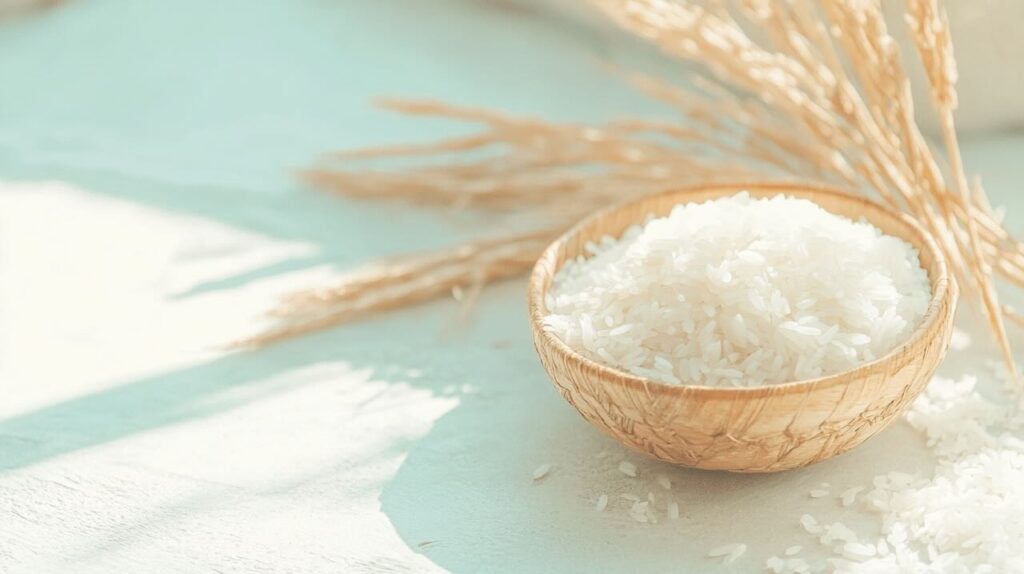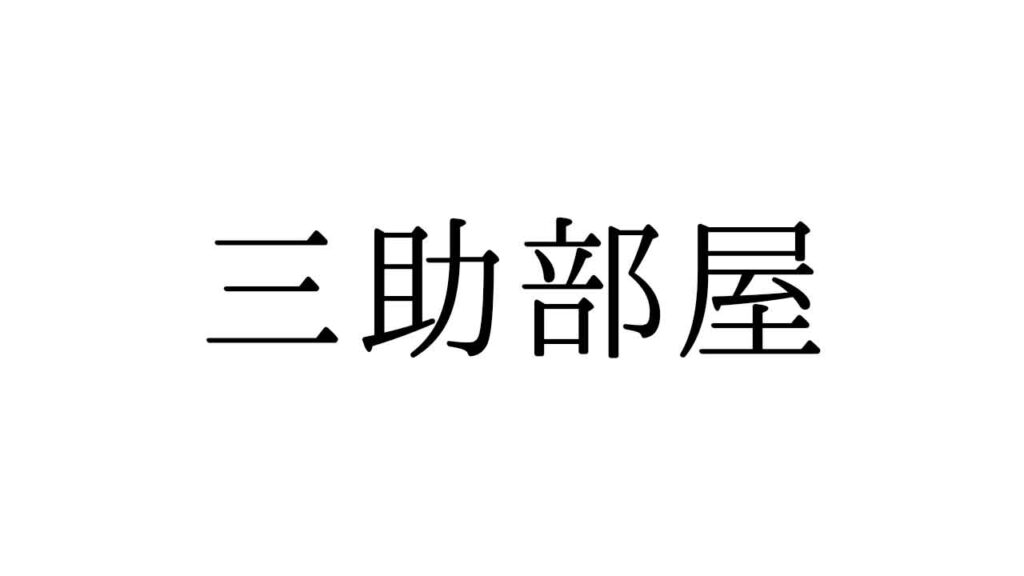The Surprisingly Essential Step in Japanese Cooking
If you’ve ever prepared Japanese rice, you’ve likely encountered one universal rule: always wash your rice before cooking. While this may seem like a simple or even optional step to some, in Japan, rinsing rice (known as “togu” (研ぐ) or “arau” (洗う)) is deeply embedded in both daily practice and culinary tradition.
But why is this step considered so important? Let’s explore the cultural, culinary, and scientific reasons behind why washing rice makes all the difference.
Why Should You Wash Rice?
1. Removing Bran and Natural Impurities
Even after modern milling, small amounts of bran (nuka, 糠) often remain on the surface of each rice grain. This thin layer of residual bran can:
- Impart a slightly bitter, stale, or grassy flavor if not removed.
- Release natural oils that may oxidize over time, causing an unpleasant odor.
- Dull the delicate sweetness and aroma prized in high-quality Japanese rice varieties like Koshihikari or Sasanishiki.
In short, washing removes leftover bran that can compromise both taste and fragrance.
2. Cleaning Away Dust and Milling Residue
During processing, rice grains rub against one another, producing fine powdery residue. If cooked without rinsing:
- These powders can create a cloudy, murky cooking water.
- The resulting rice may have a gritty or pasty texture.
- Subtle impurities may linger, dulling the purity of the final dish.
Washing ensures you start with clean, polished grains, allowing the rice’s natural sweetness and softness to shine.
3. Improving Water Absorption for Fluffy Texture
Washing gently scratches the surface of the rice grains, enhancing their ability to absorb water evenly during cooking.
- Even water absorption creates plump, fluffy, and perfectly separated grains.
- Unevenly absorbed water may result in patchy cooking, where some grains are undercooked while others turn mushy.
This even absorption is key to achieving the signature glossy, chewy texture of perfectly cooked Japanese rice.
What Happens If You Skip Washing?
If you skip this step entirely, you may encounter:
| Problem | Result |
|---|---|
| Residual bran remains | Off-smell, bitterness |
| Oxidized oils | Slight rancid aroma |
| Uneven water absorption | Inconsistent texture |
| Excess milling powder | Gummy or sticky mouthfeel |
| Loss of umami sweetness | Duller taste |
Though technically edible, unwashed rice rarely delivers the nuanced flavor and soft mouthfeel associated with well-prepared Japanese rice.
How to Properly Wash Rice (The Modern Japanese Method)
Modern rice milling has improved significantly, meaning harsh scrubbing is no longer necessary. Here’s how Japanese home cooks wash rice today:
Step 1: Discard the First Rinse Immediately
The first rinse water turns cloudy instantly. This water may absorb unwanted aromas if allowed to sit, so drain it right away.
Step 2: Gently Wash — Don’t Scrub
- Use your fingertips to gently swirl and rotate the grains, like folding or stirring rather than grinding.
- Avoid forceful rubbing, which can break grains and affect texture.
- Some chefs describe this motion as massaging the rice.
Step 3: Repeat Rinsing 2–3 Times
- The goal isn’t perfectly clear water — slight cloudiness is normal.
- After a few gentle rinses, the rice should feel smooth and clean.
Step 4: Adjust for Rice Type
- Sticky rice varieties (e.g. Koshihikari, Hitomebore): Wash lightly to preserve optimal stickiness.
- Less sticky varieties (e.g. Sasanishiki, Akita Komachi): Washing thoroughly enhances lightness and separation.
Do You Need to Wash Pre-Washed Rice (Musenmai)?
Musenmai (無洗米), or “no-wash rice,” has already been processed to remove bran and residue.
- Technically, musenmai requires no washing.
- However, many Japanese cooks still give it a light rinse to remove residual processing powders and ensure maximum purity of flavor.
The Cultural Importance of Washing Rice in Japan
In Japan, washing rice is more than just a mechanical task — it reflects a philosophy of care, attention, and respect for ingredients. Historically, families took great pride in preparing rice properly, viewing it as a central part of daily nourishment.
Even today, many Japanese chefs consider the rice-washing process as the first step toward mindful cooking. The effort invested here directly affects the quality of the meal.
Conclusion
Washing rice may seem like a minor step, but it plays a major role in delivering:
- Fragrant aroma
- Clean, sweet flavor
- Soft, fluffy texture
- Consistent, satisfying mouthfeel
While aggressive scrubbing is no longer necessary, gentle, thoughtful rinsing remains essential — even with modern musenmai rice. This simple but powerful step preserves the elegance and perfection that define Japanese rice culture.
So the next time you prepare rice, embrace this small ritual. You’ll be rewarded with every glossy, perfectly cooked grain.


